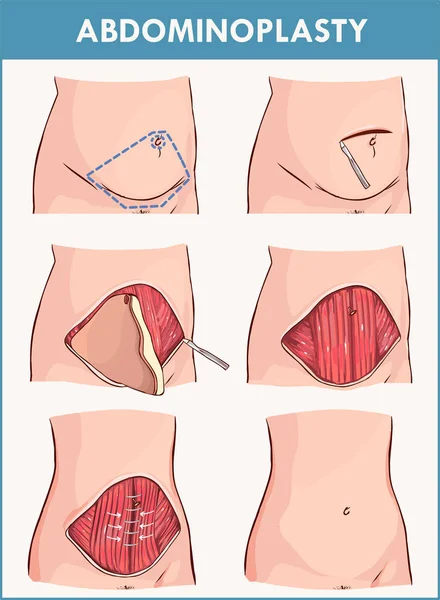Tummy tuck
For many women, diet and exercise are simply not enough to deal with the problems of excess skin and stretched abdominal muscles and fascia that follow pregnancy. For these women, a tummy tuck is the ideal way to handle the problem.
Abdominoplasty:
It is a surgery where excess skin and fat in the lower half of the abdomen is removed along with strengthening of the abdominal wall musculature and repositioning of the umbilicus to a more natural position with or without liposuction.

Ideal candidates include:
- Are you struggling with excess fat and skin around your belly?
- Have you had children and now tend to carry extra weight around your waist?
- Have you lost a lot of weight, and hanging skin and excess fat throughout the abdomen is becoming a problem?
- Are you physically fit and mentally prepared for a tummy tuck surgery?
Have any Questions?
Reach out to know more details about the treatment.
- +91 8484803069
- +91 8605783349
- aestheticdna.goa@gmail.com
Pregnancy & your tummy
Giving birth is one of the most wonderful experiences in life, but it comes at a price. A lot of women experience some sagging in the lower area of their abdomen after delivering their child. Unfortunately, no amount of exercise and diet will be able to make this excess fold of skin completely disappear. This is often because of two distinct contributing factors. The first is that much of the affected area is excess skin that will not reduce with exercise. The other, larger problem, is known as diastasis recti.
Diastasis recti refers to when the right and left halves of the abdominal muscles (the “six-pack”) spread apart. The tissue that connects the two halves of the ab muscles begins to stretch as the baby grows and your uterus expands, pushing against the abdominal wall. Pregnancy hormones add to the thinning of this tissue by making it softer and more pliable. A small amount of widening along the mid line is normal and expected in all pregnancies, but a separation of more than about 2 centimeters is considered a problem. Diastasis recti can happen at any time during the second half of pregnancy, but is most common at childbirth. This is because the abdominal wall slackens, and the thinner mid line tissue can no longer support the torso and internal organs. This results in the appearance of a paunch or pot belly.
Though diastasis recti occurs in only about 30% of pregnancies, there are a few mitigating factors that increase its probability. Genetics can play a large role in developing the condition; for some women, it’s simply how their body responds to pregnancy. Women who experienced diastasis resti in an earlier pregnancy have a significantly higher probability of experiencing it again, and more severely, in subsequent pregnancies. Lastly, women expecting more than one child, petite women, and those with poor abdominal muscle tone have the highest risk.
Thanks to the excess skin created by your belly expanding to suit its growing tenant, the stretching of the mid line tissue between your abs, and any possible further weakening of the lower abdominal wall as a result of a Cesarean section delivery, your tummy may never be the same. Diet, exercise, and skin treatments may help, but for many women the extra skin and paunch are there to stay.

How a tummy tuck can help
A standard tummy tuck is specifically designed to tighten the ab muscles, remove excess skin, and contour the lower abdomen. While it is a routine procedure, it is also remarkably extensive, resulting in long recovery times and more discomfort than many other cosmetic surgery procedures. There are a few variations to the procedure, depending on whether or not you have diastasis recti, its severity, and how much extra fat and loose skin you have. Most women can expect a minimum of 10 to 14 days before returning to normal activities.
The steps taken during a tummy tuck
In an abdominoplasty, a horizontal incision is made between the pubic bone and the belly button. This incision can vary in size from a few inches to the entire length of the abdomen, depending on your anatomy and needs. The skin is then pulled back, excess fat is removed, and the ab muscles are repaired (if necessary). The skin is then pulled down, a new belly button is created, and the excess skin is removed. The result is a tight tummy with no flabbiness. The scar is low, and is easily hidden by underwear or bathing suits. For women who have Cesarean section births, the incision can be made at the same location so there is only one, low scar.


